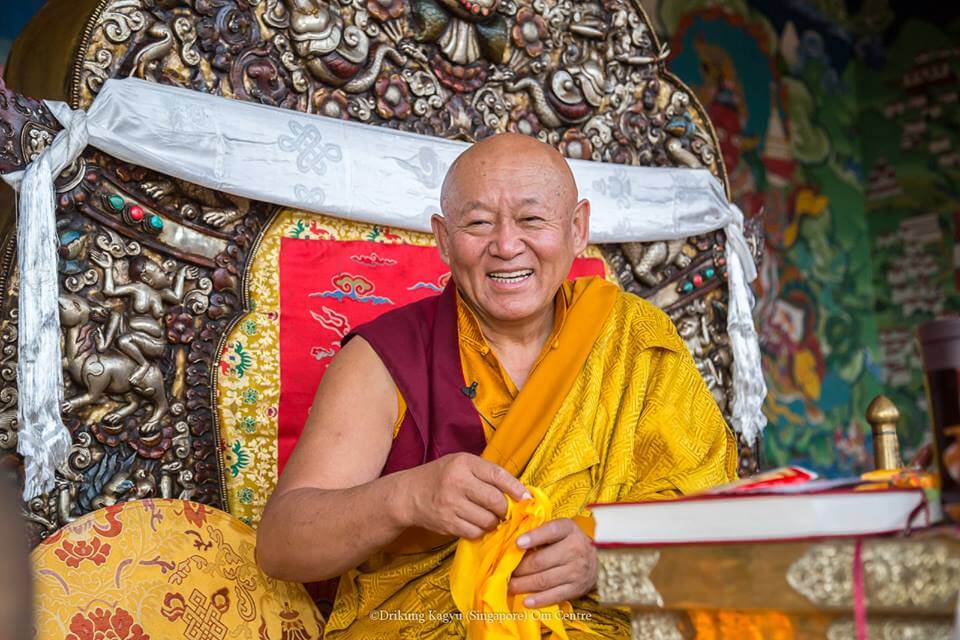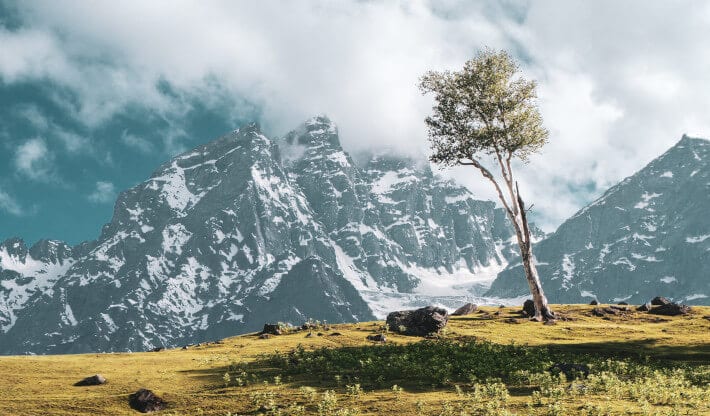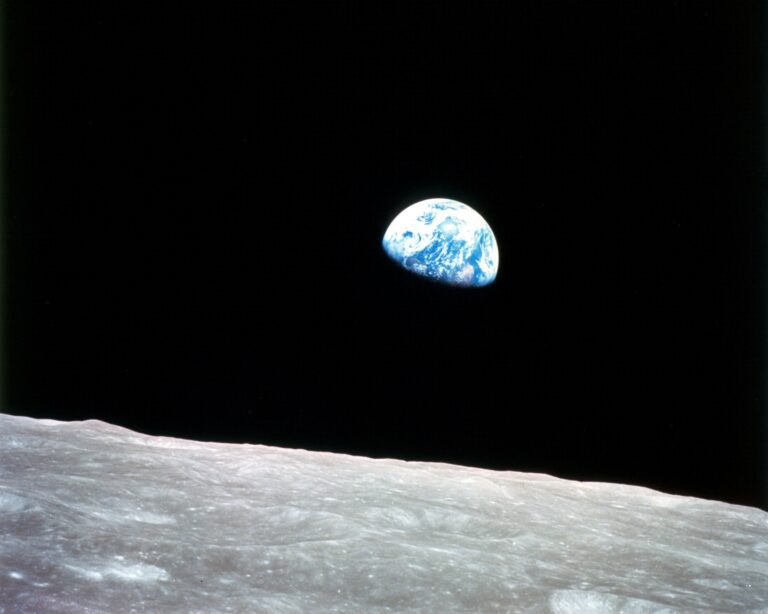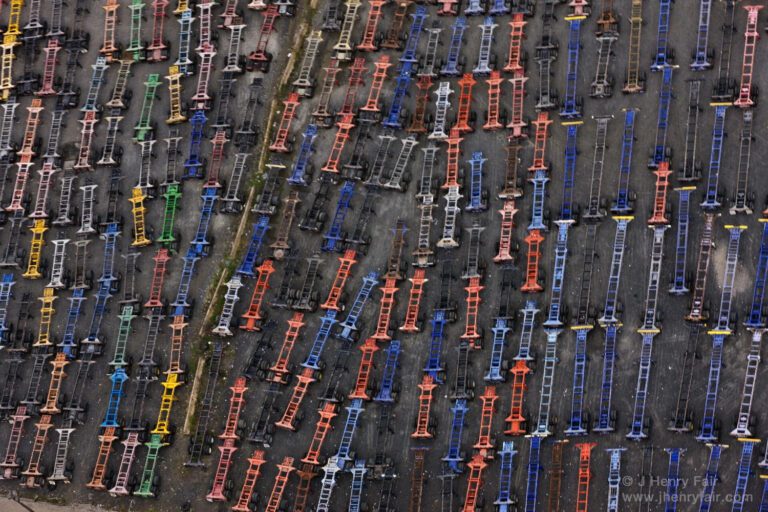For decades, many Buddhist writers and leaders have argued that our outer world is a reflection of our inner state of being, and we cannot presume to fix the exterior before transforming our interior. This exhortation is often interpreted by the more activist-minded among us—perhaps a certain crowd of Buddhists who admire the participation of monastics like Bhikkhu Bodhi in protests and rallies, advocate social justice causes as diverse as legalizing marijuana to fully ordaining women in Theravada and Vajrayana, and feel aligned with left-wing politicians—as a rebuke, a warning to not sanctify political ideology with religious doctrine. This is a fair warning and should not be dismissed. Certainly, the crop of leaders that we see in many countries and societies is proof that the Three Poisons of greed, hatred, and delusion remain humanity and Planet Earth’s worst enemy. In other words, our mind remains simultaneously our prison and the key to our liberation.
If we accept that the human heart reflects the world around us, then we must also acknowledge that the world reciprocates and reflects the state of our inner being.
Yet it is also equally fair to consider an inverse interpretation. With the world now engulfed in the literal flames of a global ecocide, climate crisis, and human-triggered and exacerbated mass extinction, does it not reflect something rather destructive within ourselves that we have perhaps not truly grappled with in good faith? If we accept that the human heart reflects the world around us, then we must also acknowledge that the world reciprocates and reflects the state of our inner being. If we do not like what we see, then it serves as a mirror of something quite ugly within us. Regardless of how activist we feel at an individual level, the lesson of this inner-outer interconnectedness is not simply that we must heal ourselves to heal the world—to heal the world is to heal ourselves. Form is emptiness, emptiness is form. Samsara is no different to nirvana.
Green Himalayas: a Template for Resilience
On 25 September, the UN’s Intergovernmental Panel on Climate Change (IPCC) published a 1,200-page report titled: IPCC Special Report On The Ocean And Cryosphere In A Changing Climate (SROCC). It warned of a future unrecognizable to our present generations—”a world of multi-metre sea-level rise, vanished Himalayan glaciers, a Greenland denuded of permafrost and the collapse of the Antarctic ice sheet. It was a world of dead zones in the oceans, of category 5 cyclones hitting multiple times a year, and coastal cities and populations devastated by extreme weather events.”
This is a project with eco-spiritual values, which unite religious concerns with environmental ones. They are not separate from each other.
In October, two India-based NGOs launched “Green Himalayas,” a sustainability project based in Phobrang, Ladakh. According to The Times of India, the project’s aim is to prepare the Union Territory’s unique environment and communities for the challenges of climate change through multiple adaptation measures, along with “rejuvenating fragile ecosystems by creating a green cover in the Himalayan foothills and create a model site” at Phobrang. The site covers 250 acres and will be developed according to principles of sustainable employment for the local communities, particularly youth and women.
The target is to build a site sustained by renewable energy, and then replicate the sustainable model across the Himalayas. A key component of the initiative is the Trillion Tree Campaign (previously the Billion Tree Campaign until 2017), which has been supported by Buddhist leaders across Himalayan regions as diverse as India, Nepal, and Bhutan. 25,000 trees have already been planted in Phobrang with the help of local communities, with the ultimate aim being for the trees to span the entirety of the Himalayan foothills, from Ladakh to Arunachal Pradesh.
A Critical Convergence

Across the world, we are seeing a convergence of environmental and spiritual values (most Catholics, Vatican watchers, and journalists will be familiar with the encyclicals and speeches given by Pope Francis over the years about climate change). Green Himalayas is a project with a similar character because it has the backing of the 37th throne holder of the Drikung Kagyu Order, His Holiness the Drikung Kyabgon Chetsang. He is also founder of one of the steering NGOs of the project, Go Green Go Organic (which is itself focused on environmental education initiatives and encouraging organic practices throughout Ladakh). In other words, this is a project with eco-spiritual values, which unite religious concerns with environmental ones. They are not separate from each other. The principle of eco-spirituality is itself importable across faith traditions, industries, cultures, and nations.
The overall picture is complex and perhaps riddled with paradoxes, but there can be no denying that forces in the corridors of power across Asia as well as the West value eco-spirituality.
This urgency crosses political divides in a way that other issues might not. Ladakh itself is a major flashpoint of the climate crisis, with several sustainable ecology initiatives already run by diverse NGOs, among them Go Green Go Organic and Goldenmile Learning. A gradual surge in summer rainfall from melting ice is threatening Ladakhi homes, which are made of stones, mud, and wood. Traditional farming practices in the mountainous region are also being disrupted. Ladakh is also feeling pressure from increased tourism, which has led to rising water consumption and water shortages.
Ladakh’s MP is Jamyang Tsering Namgyal, a member of the BJP—a political party that the West is at best ambivalent about due to its problematic relationship with Islam and its economic philosophy of deregulation and tax cuts. However, in my own experience covering Indian PM and BJP leader Narendra Modi’s Buddhist diplomacy since 2015, I have discovered that the environmental factor promoted in the corridors of religious diplomacy is far from an accidental throwaway. The overall picture is complex and perhaps riddled with paradoxes, but there can be no denying that forces in the corridors of power across Asia as well as the West value eco-spirituality, even if it is not articulated as such. Such trends should be encouraged.
Beyond politics, policymaking, and lobbying, it is critical for all of us that our “outer” work becomes as much part of our “inner” spiritual development as much as our “personal” cultivation nourishes “the world.” Time is short. It is time to shift the usual framing.
This article is based on Raymond’s piece in Buddhistdoor, Green Himalayas: Ladakh Launches Ambitious Climate Change Project.








